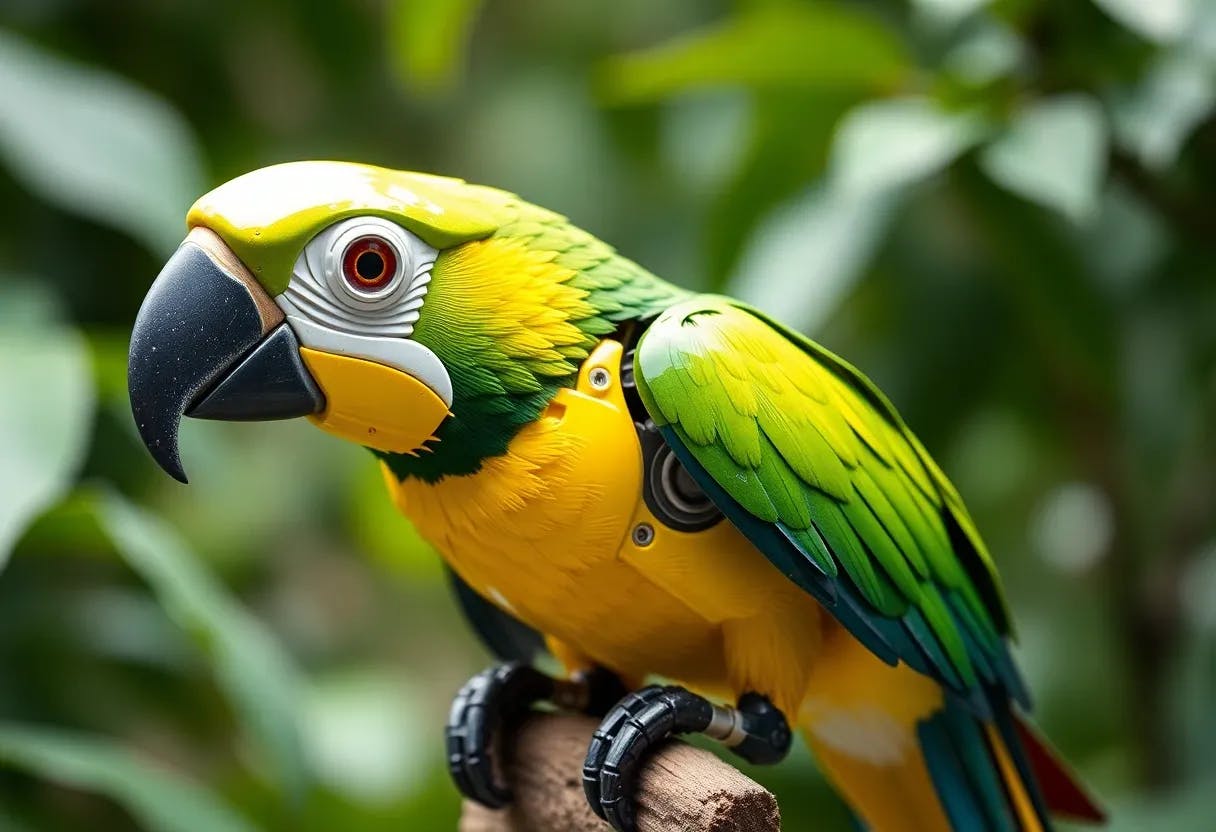A new DDoS attack was so massive it packed double the firepower of the previous record-holder.
On Monday, internet infrastructure company Cloudflare reported a distributed denial-of-service attack that lasted over 40 seconds but peaked at a whopping 22.2Tbps while pushing 10.6 billion packets per second
According to Cloudflare, the attack was “twice as large as anything seen on the internet before,” featuring double the intensity of an 11.5Tbps DDoS that the company detected and blocked earlier this month.
This Tweet is currently unavailable. It might be loading or has been removed.
The goal of such attacks is to take a website, mobile app, or internet service offline by overwhelming the target with a flood of internet traffic. Cloudflare, which provides DDoS protection services, said it autonomously “detected and mitigated” the assault, suggesting it had little impact.
The company has traced the incident to the “Aisuri” botnet, a collection of infected internet-connected computers. This particular DDoS came from over 404,000 unique IP addresses, which suggests hundreds of thousands of compromised devices or abused servers were involved in generating attack traffic. The aim was to hit a single IP address belonging to “a European network infrastructure company.”
“Based on internal analysis using a proprietary system, the source IPs were not spoofed,” Cloudflare added.
According to XLab, a cybersecurity unit within the Chinese company QAX, the Aisuri botnet also appears to be responsible for the earlier 11.5Tbps attack on Cloudflare. XLab reports that Aisuri now spans 300,000 infected devices, mainly IoT products such as vulnerable internet routers. To compromise some of the devices, the creators of the botnet initially breached an update server for a router manufacturer called Totolink to distribute malware.
Recommended by Our Editors
“Members of the Aisuru group act flamboyantly and often launch highly destructive attacks on ISPs (internet service providers) under the pretext of ‘for fun,’” XLab added, noting Aisuru’s rivals have been leaking details about the group on social media.
Security journalist Brian Krebs has also reported that the creators of Aisuru have been selling access to the botnet and its DDoS-attack capabilities on Telegram. “At some level, these sizes of (DDoS) attacks are just stupid demos/bragging rights, because there aren’t many networks that will forward or accept anywhere near that much traffic all at once,” Krebs wrote on Tuesday.

Get Our Best Stories!
Stay Safe With the Latest Security News and Updates

By clicking Sign Me Up, you confirm you are 16+ and agree to our Terms of Use and Privacy Policy.
Thanks for signing up!
Your subscription has been confirmed. Keep an eye on your inbox!
About Our Expert

Michael Kan
Senior Reporter
Experience
I’ve been a journalist for over 15 years. I got my start as a schools and cities reporter in Kansas City and joined PCMag in 2017, where I cover satellite internet services, cybersecurity, PC hardware, and more. I’m currently based in San Francisco, but previously spent over five years in China, covering the country’s technology sector.
Since 2020, I’ve covered the launch and explosive growth of SpaceX’s Starlink satellite internet service, writing 600+ stories on availability and feature launches, but also the regulatory battles over the expansion of satellite constellations, fights with rival providers like AST SpaceMobile and Amazon, and the effort to expand into satellite-based mobile service. I’ve combed through FCC filings for the latest news and driven to remote corners of California to test Starlink’s cellular service.
I also cover cyber threats, from ransomware gangs to the emergence of AI-based malware. Earlier this year, the FTC forced Avast to pay consumers $16.5 million for secretly harvesting and selling their personal information to third-party clients, as revealed in my joint investigation with Motherboard.
I also cover the PC graphics card market. Pandemic-era shortages led me to camp out in front of a Best Buy to get an RTX 3000. I’m now following how President Trump’s tariffs will affect the industry. I’m always eager to learn more, so please jump in the comments with feedback and send me tips.
Read Full Bio









